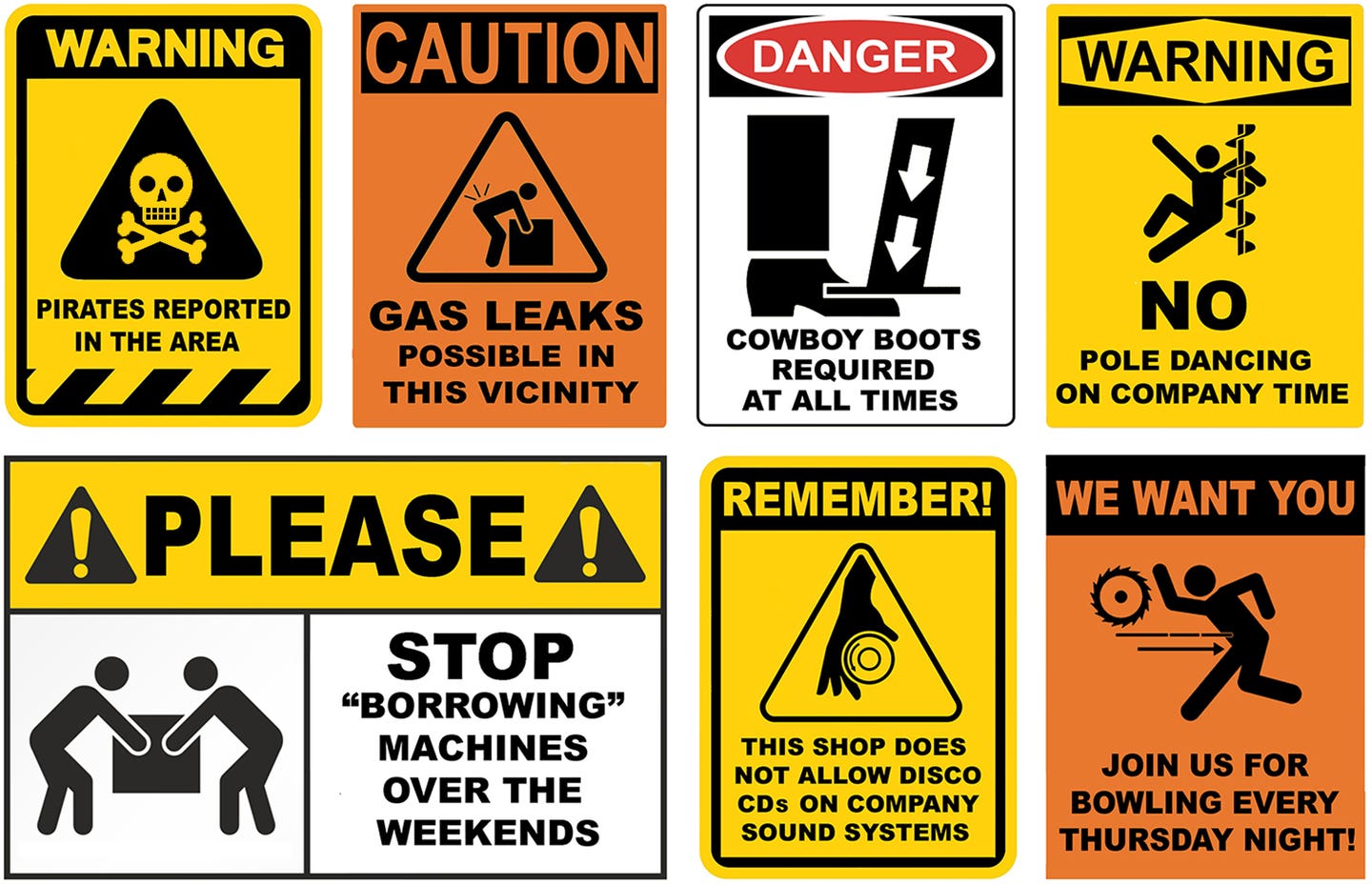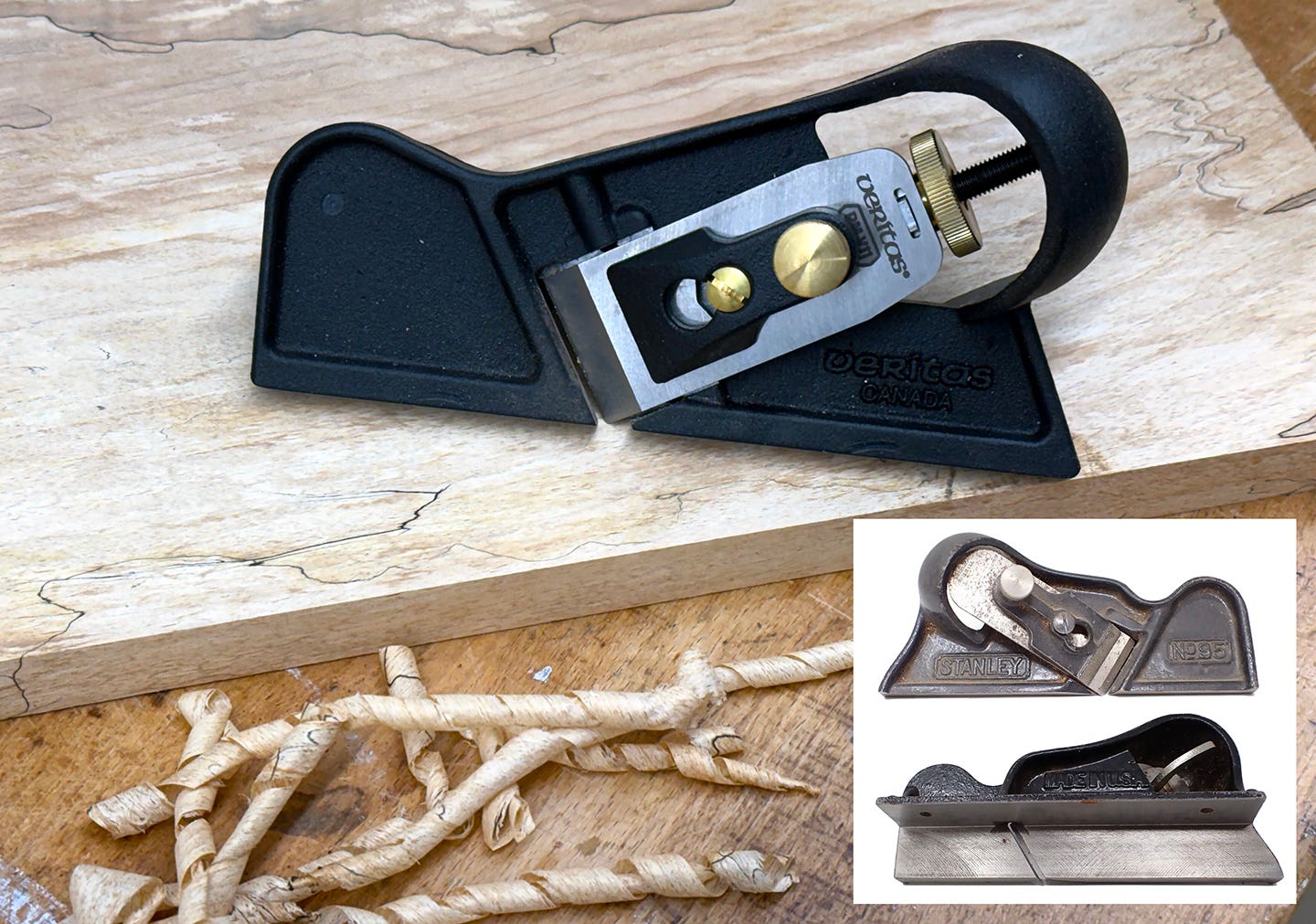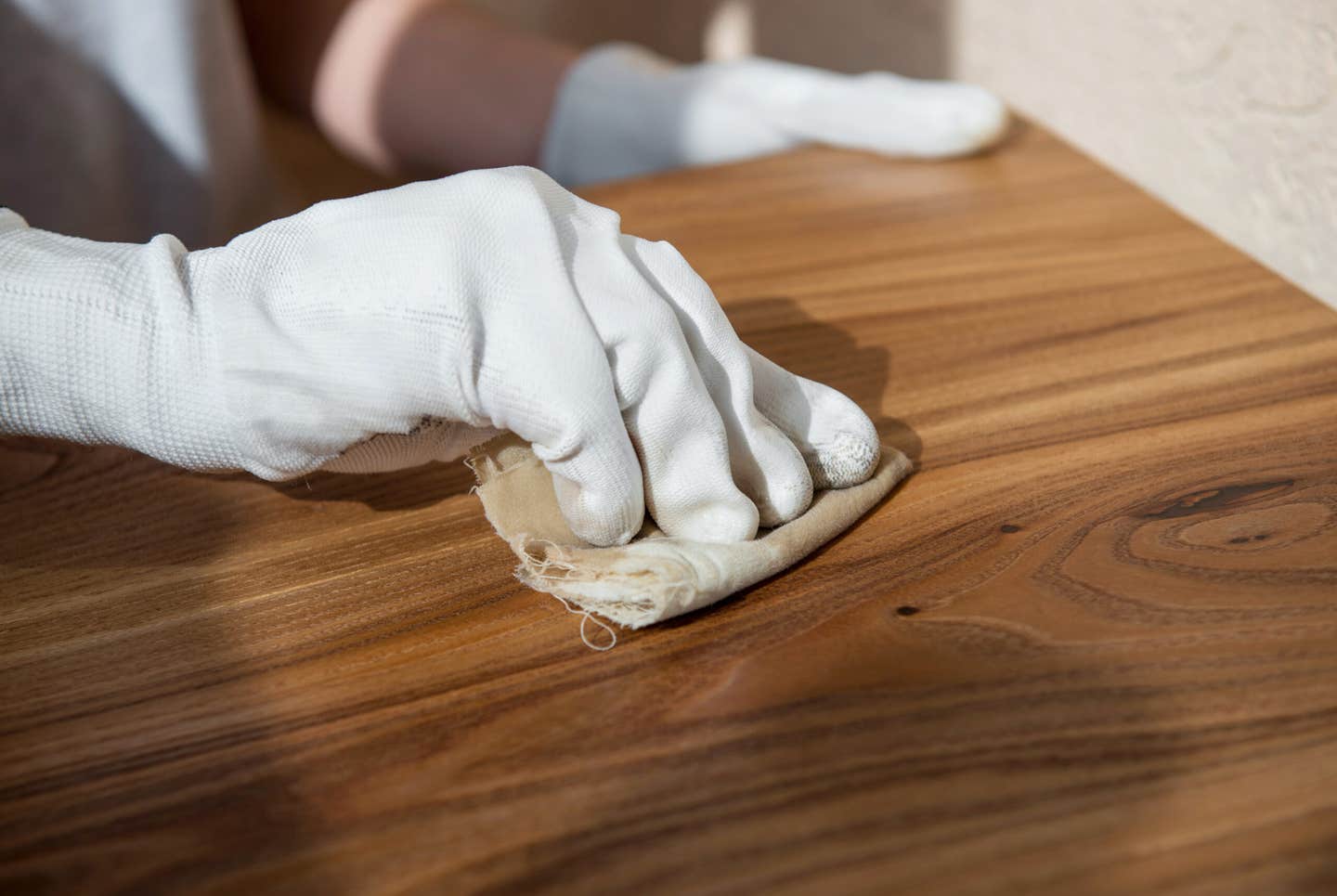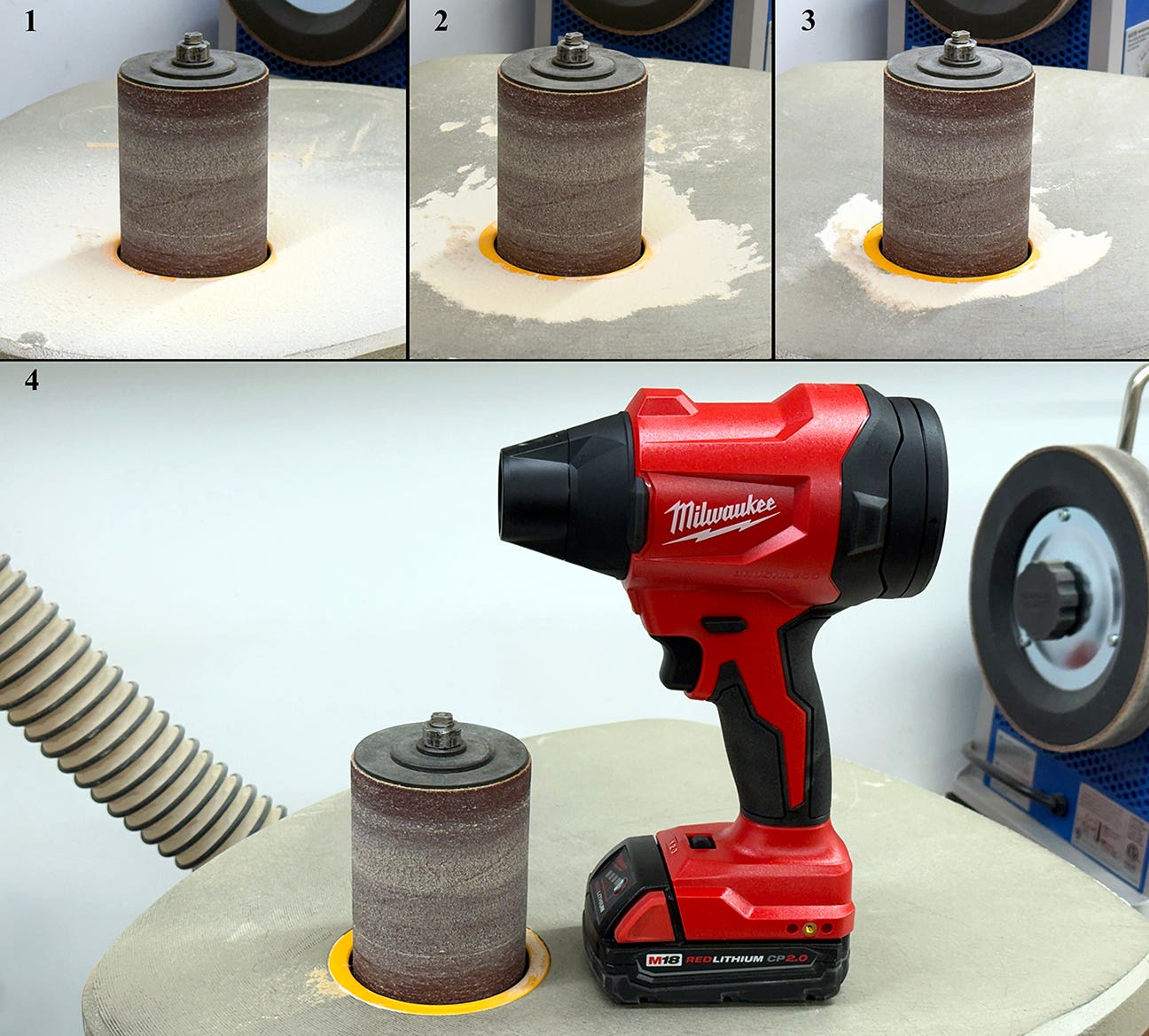Shoppers – Part 2
Early in my woodworking career, I was approached by a potential client who wanted her kitchen remodeled. At least that what she told me. I came to find out later…
Early in my woodworking career, I was approached by a potential client who wanted her kitchen remodeled. At least that what she told me.
I came to find out later that this person had been to almost every designer, contractor and cabinet maker in the area. In each instance, she had exploited the willingness of people in our line of work to offer a certain amount of advice and to invest a certain amount of time "on spec." She felt that by virtue of offering work, she could command attention. So she would "shop" with one person after another until she wore out her welcome and the person realized that either she was never going to commit to the project of if she did, the demand on the poor soul who took it was going to require a second lifetime to deal with the demands on their time. Then they would "cut her off" and she would move on the next person.
But being a novice, I fell into the trap of allowing this person to eat up my time with doing drawings, making samples, showing her finishes, and even going to other outlets to look at things the "thought she liked." It was only after I had spent an inordinate amount of time with this person that I realized I was in the grips of an "interactive shopper." Someone, who above all else wanted attention, and for whom the project was secondary. Once I realized that I was in the grips of a classic "needy person" I, like the others before me, cut my losses and moved on to other projects. But I learned a valuable lesson. After that, I kept close watch on the time I would invest in giving potential customers "free" estimates, consultations or discussions.
I established some guidelines for these situations. I limited myself to two hours (plus or minus ... remember this is a guideline, not a "rule"). After that I wanted to see either a signed contract or a T&M fee agreement to cover design and consultation services. I also made it a rule (yes, a rule, not a guideline) that I would NEVER give a "customer" any drawings, sketches or other "on paper" design ideas until I had a signed contract. The last thing I wanted was this shopper going to the next guy's shop with my designs and drawings. From then on, the only way I would give away my drawings was if the customer was paying for my time as a designer and there was an understanding that I was being paid as such.
To be continued ...
D.D.
David DeCristoforo possesses an extensive resume as designer/maker of fine furniture, high-end cabinetry and architectural woodwork. His experience in professional woodworking spans a period of 35 years. For the past 20 years David DeCristoforo Design has been located in Woodland, California. During this time David's shop has ranged in scope from a "full on" cabinet production shop with as many as 15 employees to a small fine furniture and custom millwork shop, working with his son, David RBJ, a highly skilled maker in his own right.







